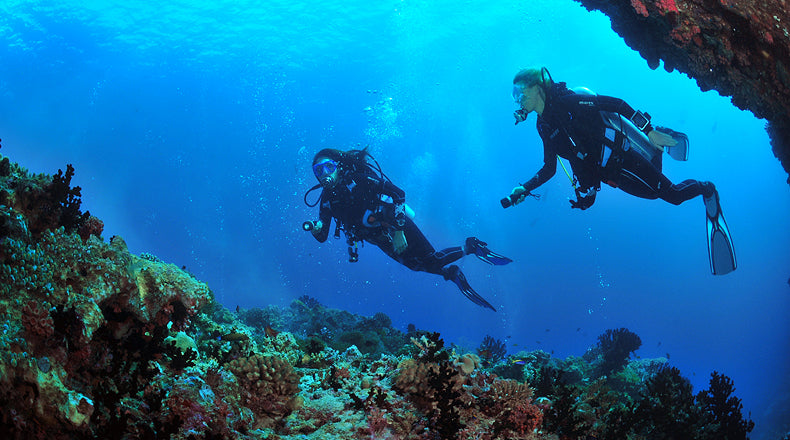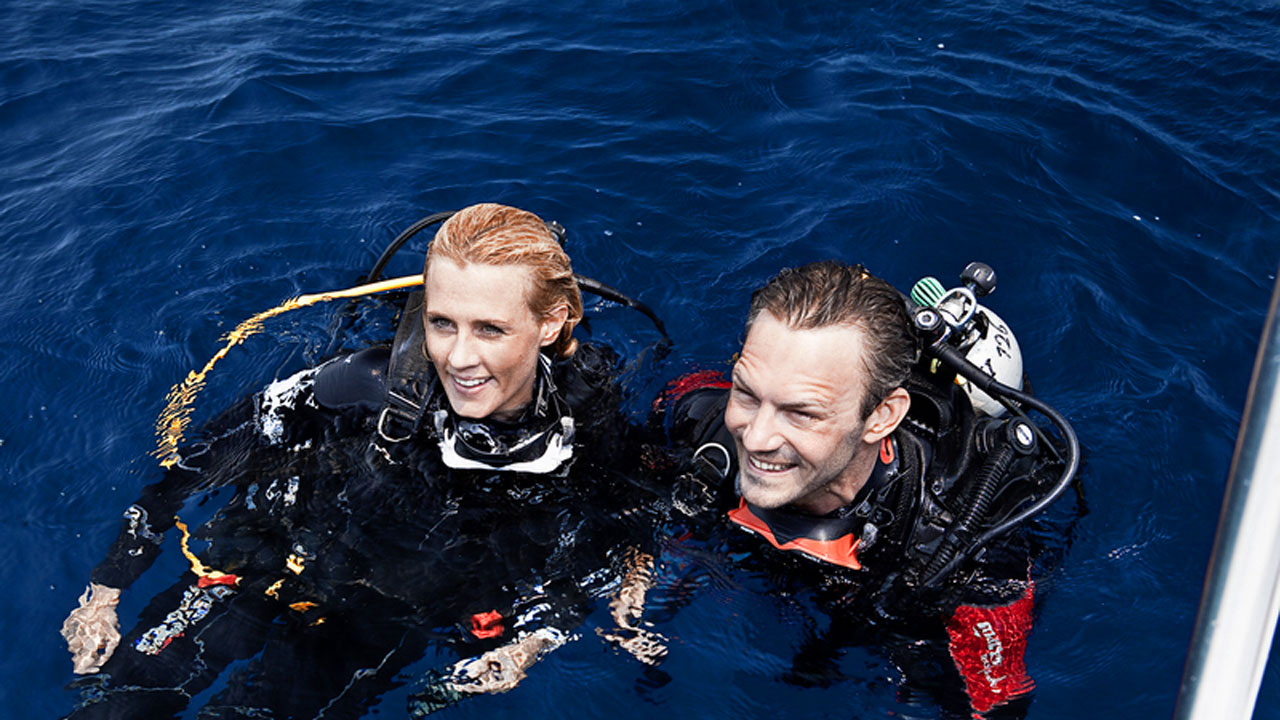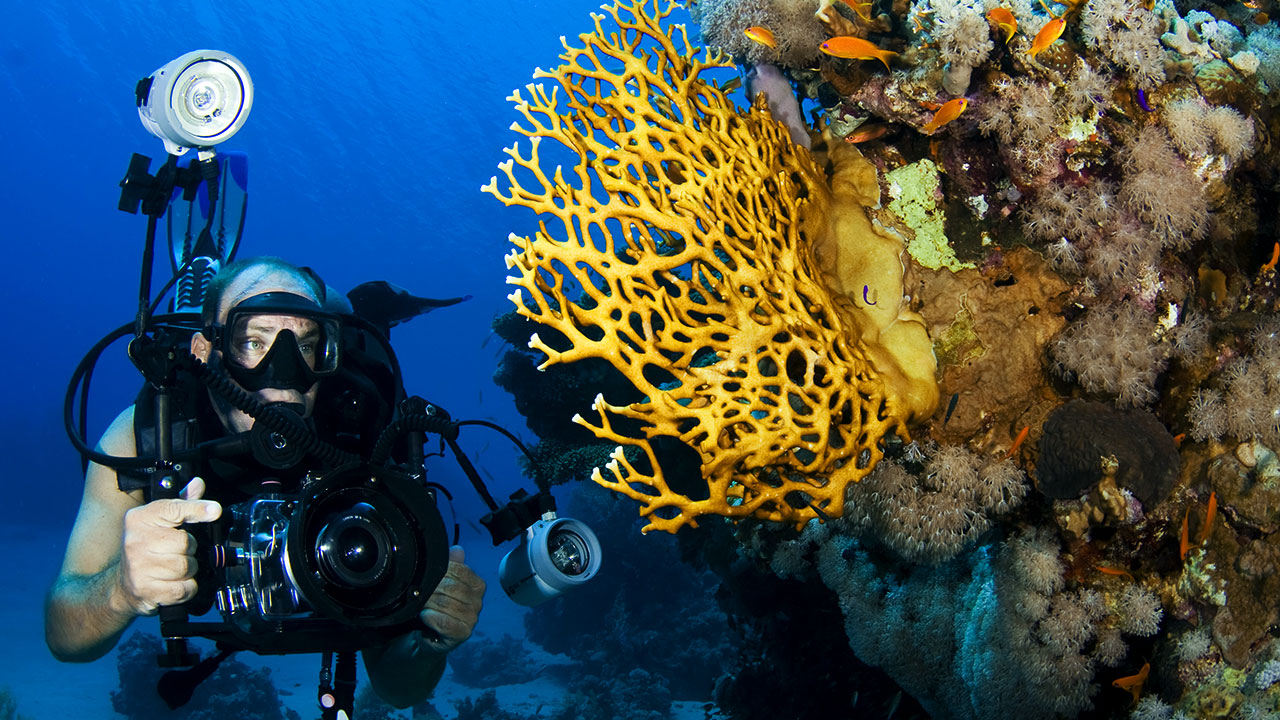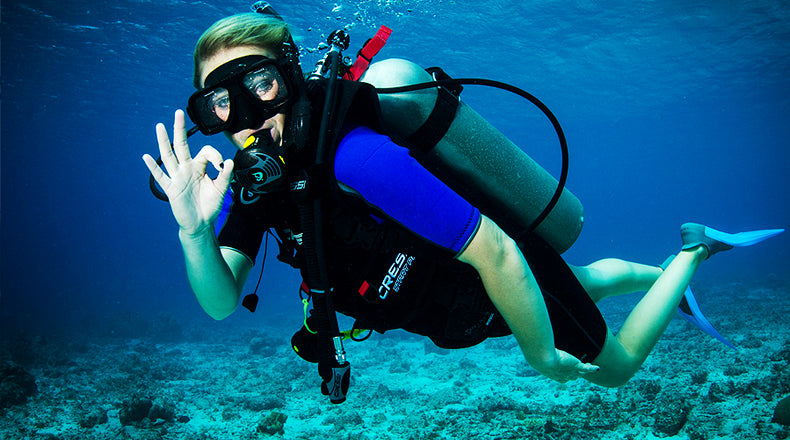Scuba Skills: Natural Navigation

Underwater navigation is a must-have skill for every safe and successful diver. Because it is more complex than land navigation, relying on your sense of direction alone will most likely get you in trouble. Therefore, you need to navigate actively in order not to get lost. But how do you do that?
There are essentially three types of underwater navigation:
- Natural navigation is a way of indicating direction with the help of underwater landmarks, geological features and other naturally occurring references on the bottom.
- Instrument, or compass, navigation involves following your compass carefully throughout the course of your dive. This method, however, may be somewhat tedious, if you spend too much time focusing on your compass instead of enjoying the surroundings.
- Practical navigation is a hybrid of the two methods mentioned above.
Today we are going to talk specifically about natural navigation, as, once mastered, it is probably the most rewarding method of all. While it sounds simple, trying to practice natural navigation, many divers find themselves easily distracted by the beautiful marine habitat or too task loaded monitoring depth, dive time, buoyancy, tank pressure, etc. Therefore, you need to start by accepting that natural navigation requires forethought and a conscious decision to pay attention. Here are a few pieces of advice on how to practice natural navigation successfully.
Plan Ahead
The key to successful natural navigation is planning ahead and gathering as much information about your dive location as possible. Do your research, talk to a local dive professional, study underwater site maps and listen carefully to your dive briefing, if diving from the boat. This will help you to get familiar with the most significant features, such as wrecks, large coral formations, drop-offs, etc. Consider sketching the map of the location on your dive slate, so that you have it with you during the dive. Make sure to discuss the created plan and the course of the dive with your buddy.
Survey the Scene
Once at the dive site, take your time to view the underwater topography from the surface, if the water is clear enough. Do a complete 360-degree turn and try to find the most prominent features that will help you to locate the boat on your way back.
As you descend, look around once again, creating a map of the dive site in your mind. Look for oddly shaped coral, large stones, man-made artifacts, etc. Point out these recognizable features to your buddy so that if one of you misses the landmark, another can catch it.
Next, confirm the direction of travel and your first destination point with your buddy. Keep in mind, all the references you choose should be permanent. Don’t rely on a bright fish or a big turtle as a marker. You should also be able to easily see the chosen feature from your starting point. Do the same for all subsequent features and landmarks you wish to visit. By breaking your root down in such a way, you will be able to create clear course markers that will help you to track your way back.
If the visibility is questionable, make sure to also measure the distance between each of your chosen landmarks. You can asses the distance by time, air usage or kick cycles.
Reference and Look Behind
When you get to your first destination point, turn around and examine the features, you have chosen as your visual references. Remember, that many of the landmarks may look unfamiliar when viewed from the opposite direction. Look back periodically and try to create a series of mental snapshots to picture your return path. It may also help to draw each of your navigation points on your slate at the correct orientation to the boat.
Remember, natural navigation is a method that relies on noticing and remembering the details of your underwater surroundings. As such it can be both a great way to get direction and take in the beauty of marine life.




